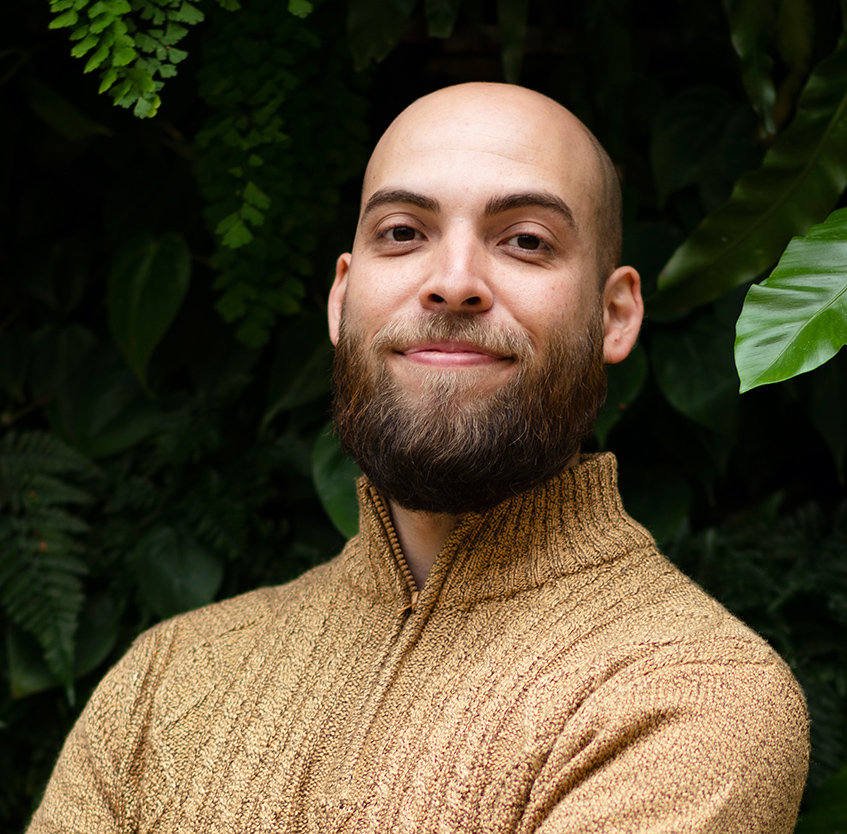Creating Community with Public Art
Current IIRP graduate student, Joseph Iacona, is Senior Manager of the Mural Arts Institute at Mural Arts Philadelphia. In this role, he works with artists, arts administrators, and community leaders across the world to align knowledge, amplify voices, empower change, and distribute resources designed to create a more inclusive and equitable future for socially engaged public art. At its core, his role is about building connections, sharing skills, and sustaining relationships. This work creates space for reflection and critical questions that inspire change and lead artists and art organizations to center their communities in how they approach their work. In this role, he works with artists, arts administrators, and community leaders across the world to align knowledge, amplify voices, empower change, and distribute resources designed to create a more inclusive and equitable future for socially engaged public art.
Q: What brought you to the IIRP?
A: I am a socially engaged arts practitioner and have worked in Philadelphia, PA, USA communities, museums, schools, and prisons over the last 15 years. I have learned that relationship building is essential to the success of these artistic collaborations, and that begins with creating a space for listening and respect. I have been exploring restorative practices and the social discipline window for many years, and I even presented at a 2-day event, Restorative Responses to Adversity, in 2016 at the IIRP. With my transition into management and leading initiatives for large arts organizations, I want to build a stronger foundation with restorative practices, especially when it comes to proactive approaches to restorative leadership.
Q: Please tell us about your restorative work now and what makes you passionate about it.
A: I have been helping to promote restorative practices in the way my organization approaches our work both internally and externally. This includes how we engage with one another in communication, nurturing psychological safety that leads to creative risk-taking. I am also working to build resources for our external network of artists and changemakers across the world, helping to inspire their approach to designing programs and projects in a way that incorporates community building. An example of this is a recent symposium I have curated called Created, Together., an assembly for artists working WITH communities. This symposium convened more than 100 artists from across the United States to consider the future of public art, exploring questions such as, "How can well-being guide our practice?", "Where do we share power and decision-making with our communities?", and "When do our values show up in our work?"
Q: What would you like to see in this restorative work in the future?
A: Our role as artists working in public spaces is not only to produce art but to build connections between people. When we value process over product, we put people at the center of the work that we do. I believe that restorative practices is about the art of building relationships and the science of reciprocity. Artists hold a unique place of influence to amplify stories and visualize complex ideas. I would love to see more artists using restorative practices in the way they facilitate their spaces. Even more importantly, I believe it is critical for arts leaders to use restorative approaches in their organizations and program design. I hope to be able to help make an impact in not only my community but in the global arts and civic engagement ecosystem that I interface with as part of my role at the Mural Arts Institute.

